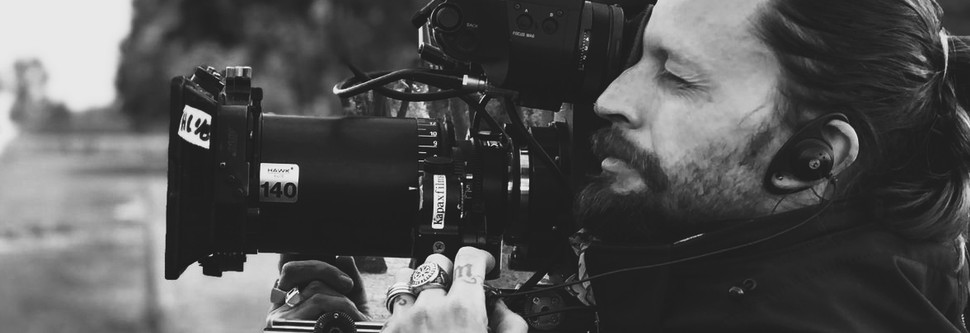
Top South American series shot on Hawk V-Lites and Vantage One T1s
La Reina del Sur is a phenomenon. The Telemundo telenovela, based on a best-selling book, follows a young Sinaloan money-changer as she rises through the ranks to become a powerful drug lord. After a 60-episode first season more than a decade ago, Season 2 picked up the tale in 2019 with backing from Netflix. Perhaps the most successful television series in South America — through Season 2, the show was averaging two million viewers per episode and making Telemundo the top broadcast network. Netflix distribution boosted the show’s success globally, and it picked up an International Emmy for Best Non-English Primetime Program in the U.S.
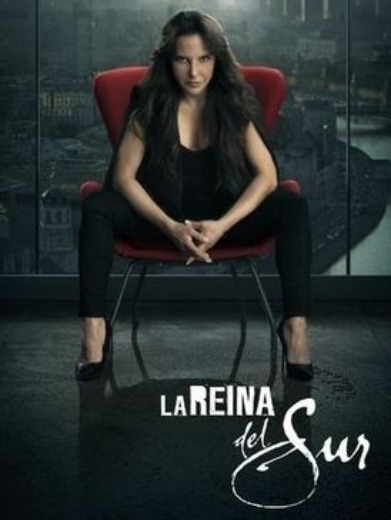

Lucas Cristo, ADFC, the director of photography behind more than 100 of the episodes, says that Hawk V‑Lite Anamorphic and Vantage One T1 lenses are a key aspect of the show’s distinctive visual appeal.

“Using the Vantage lenses is like working with oil paints on a canvas,” he says. “The T1s, which we used almost exclusively on Season 2, transform the light and the image and create a range of pictorial feelings in the images depending on the T-stop. Wide open, there’s one kind of feeling, and stopped down, it’s like a whole different lens that can be milky or blurry if you need that character for the story. It’s like having three sets working all the time. The glass is so important because it’s the first thing you add to the reality in front of the camera. I’m crazy about these lenses.”

For Season 3, Cristo helped convince the production to go with Hawk V‑Lites, anamorphic lenses with a 2x squeeze. Combining them with the Sony Venice and a 2:1 aspect ratio modulated the anamorphic feel to some extent for a distinctive look.
“It’s a very powerful and strong image,” says Cristo. “It’s a look you’re not used to seeing in TV shows. In Season 3, the characters are hiding from the police in a dark old cabin, and I used a lot of practical toplight in the low-key environments. With the lenses wide open, it’s a beautiful look, very much on the edge. These lenses were the best choice we made.”
With as many as sixty nearly hourlong episodes in a season, the crews must work very quickly. Locations included Columbia, Bolivia, Argentina and Mexico. “It can get pretty insane, and you have to use all your knowledge, your gear and your crew to make it work,” Cristo says. “Once we worked out how to use the lenses, the anamorphic format never slowed us down. Of course there are compromises, but the idea is to make good compromises. I had the wonderful luck to work with a director who is clear on what he needs and open to new ideas, with an amazing work rhythm. You have to know the technical aspects, but then you must focus on developing great images, with color and dynamism, for the story you are working on. The most important component of the camera is behind it. That is what makes it an instrument of captivating insights.”


Cristo’s background is in painting and visual arts. He studied Fine Arts at Pontificia Universidad Javeriana in his native Columbia and filmmaking at Universidad del Cine in Buenos Aires, and specialized in lighting and camera at Sindicato de la Industria del Cine, also in Argentina. He currently resides in Mexico City.
“To me, cinematography is like making paintings with movement,” he says. “That’s why the more I learn, the more I like Hawk lenses.”
Cristo has gone on to work on several high profile television series including Her Mother’s Killer and Pacto De Silencio.
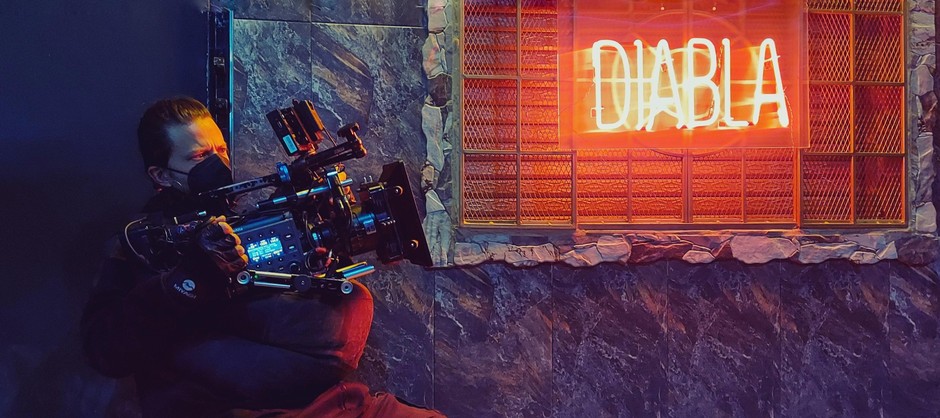
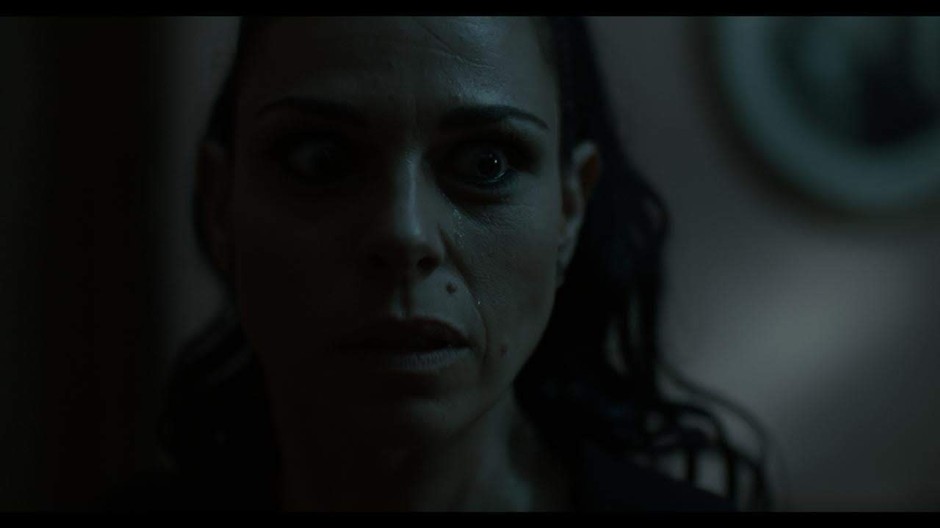
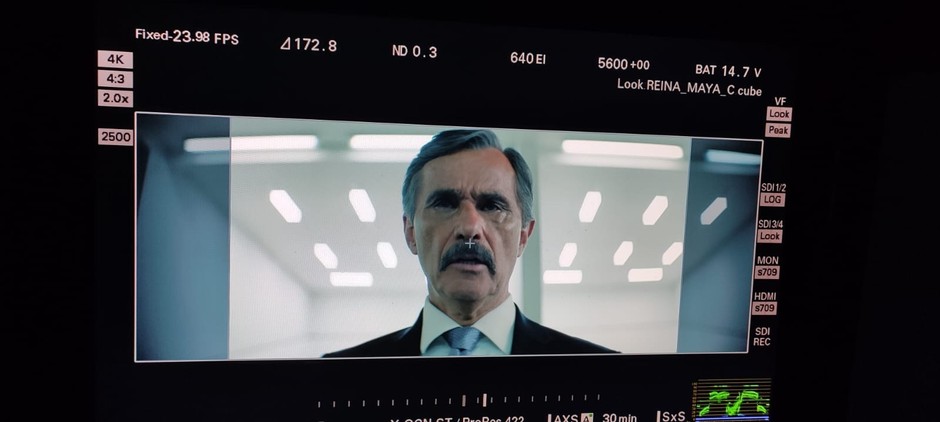

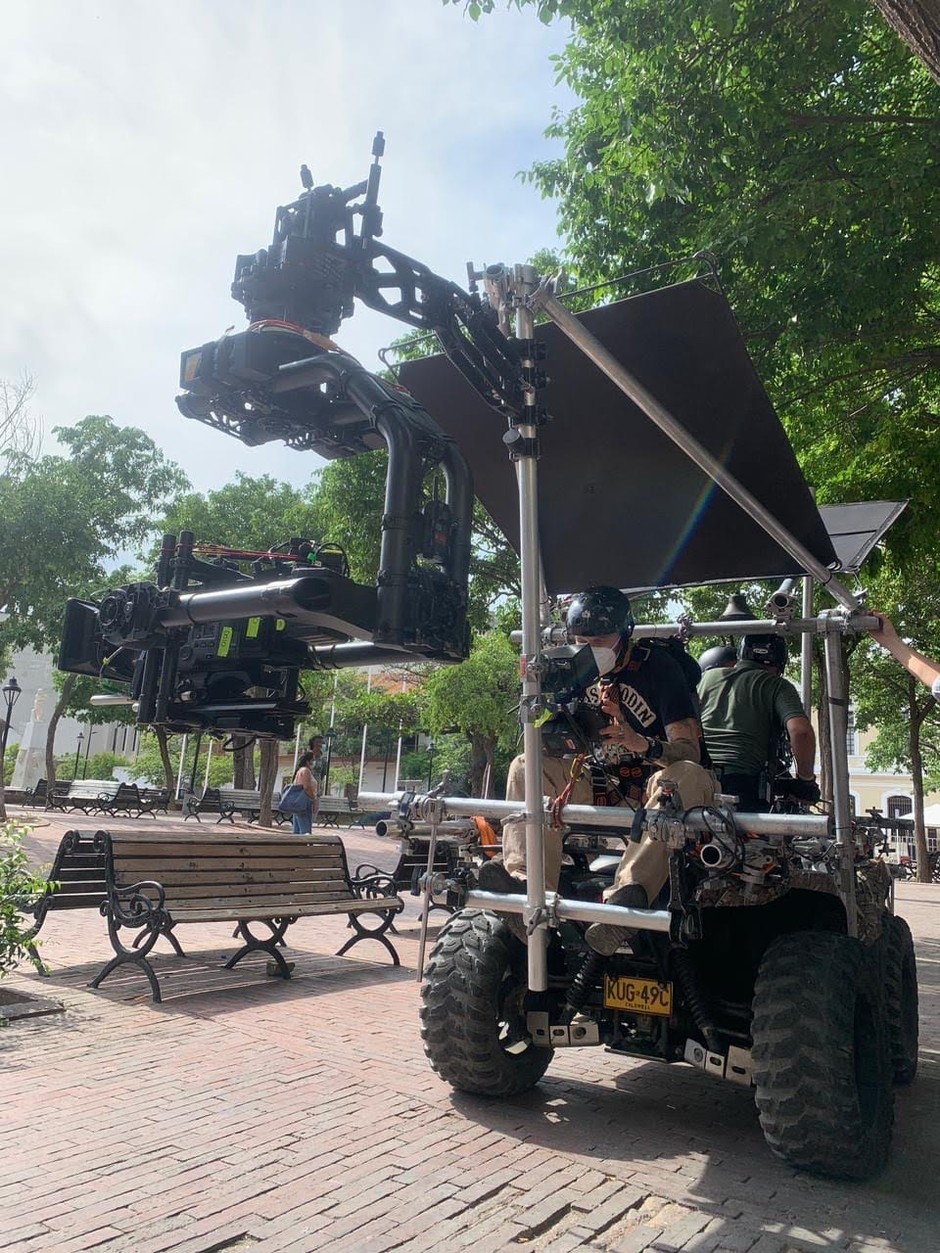
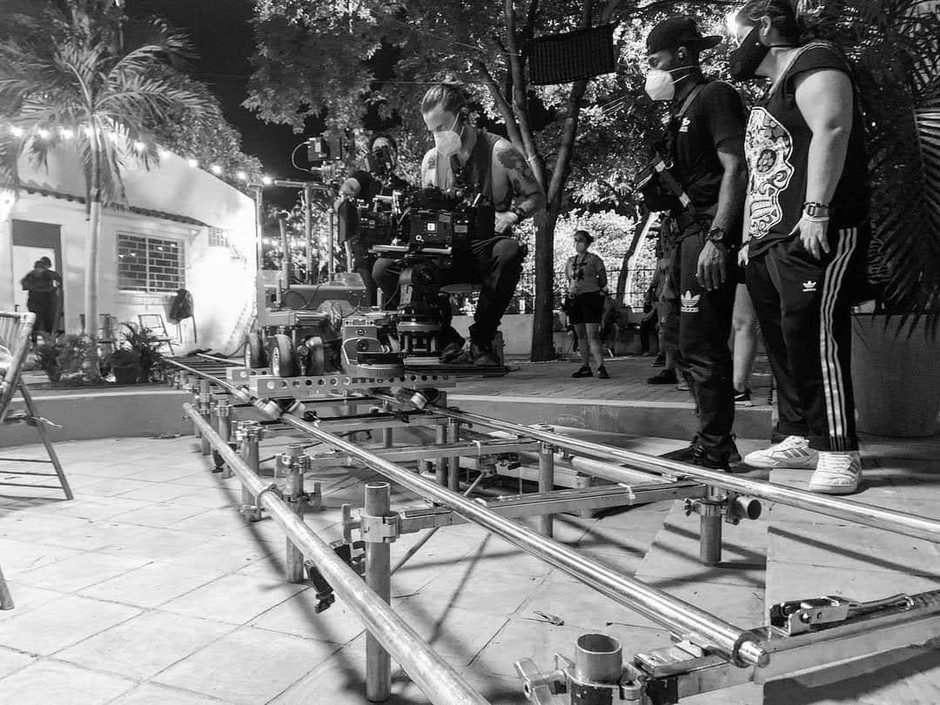
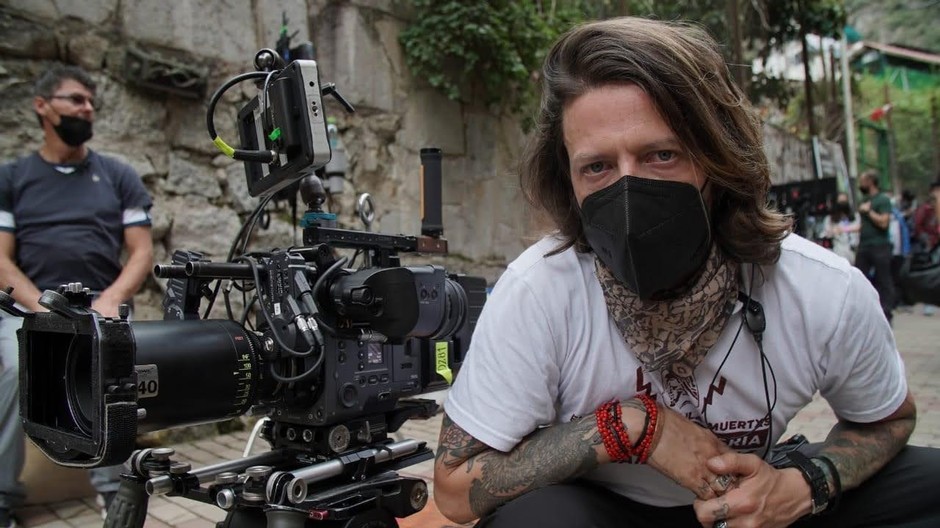
images: Lucas Cristo, IMDb












